The second set of classes Continue reading
Classes at Fermi: I am pretty sure that my return to Italian classes occurred in January or February, but I am less certain about the year. 2014 was the year that we wound down our business at TSI. So that might have given me time to play a little bridge during the week and therefore abandon the Tuesday evening games in favor of Italian classes. However, I could easily be off by a year in either direction. I cannot think of any way to gain certainty.
I am a little more certain that all three levels of classes were still being offered in the semiannual booklet that we received in the mail—beginners, intermediate, and advanced. I am quite sure that the classes were held at Enrico Fermi High School, which was within a mile of our house in Enfield.
On the evening of that first class I turned right at the drive on North Maple St. and parked across from the main entrance. The classroom designated in the booklet was room #220, which was actually on the north side of the building. That first evening I walked through the corridors of the school. Subsequently I parked in the lot on the north side of the building, entered there, and climbed up one flight of stairs..
The booklet that contained the information about the course identified the teacher as “Mrs. Trichilo”. However, I am pretty sure that the person who ran the class that evening was actually her husband, Tony.1
He began the class by checking attendance. About ten or twelve people were there. Only one of them was familiar to me—the lady who had been taking Lydia Cherlong’s classes2 for several decades. The students all knew one another, and they all knew Tony. I was the only outsider.
When he arrived at my name on the roster he asked me if I had taken the class before. I told him that I had, but it had been a few years earlier. He seemed skeptical that I would be able to keep up with the class, but I assured him that I had studied on my own in the interim.
Tony, who was born in Calabria, had been in the United States for several decades. Over the time of my attendance he substituted for his wife Mary Trichilo (TREE kee lo) on the average about one class per semester. His approach was a good balance to Mary’s because he was more familiar how Italians spoke and wrote, and she was more familiar with the material in the texts.
Although I don’t remember all of their names, I can picture most of the students3 in my mind. There was one husband and wife pair; I think that his name was Mike; I don’t recall hers. I had previously met Carol Greenfield,4 who was part-owner of the Powder Mill Barn. One guy was, I think, a minister and a jogger. He actually read some of my journals after I gave him one of my calling cards. Another guy knew Italian pretty well, but he left after that first semester. The three people who lasted the longest were Gary, who visited Calabria regularly, Audrey, a French teacher, and Mary, who was pretty quiet and was startled when she discovered that I played tournament bridge.
I remember a few people who joined the class for a semester or two. Two had been students in the beginners class. Since the intermediate class had by then been eliminated, their only option for continuing their learning was the advanced class. However, despite Mary’s best efforts they were totally intimidated and lasted a semester or less.
Two other new students had lived in Italy. One guy had been stationed there for a couple of years while in the armed forces. He seemed quite interested, but for some reason he stopped attending after five or six weeks. A woman named Gina had worked in Italy for a few years. She was with us for two or three semesters.
The format of the classes was not much different from that used by Lydia. Most of the talking was done in English. Mary sometimes provided a handout that featured a multi-part story with grammatical lessons intermingled. We would take turns reading the Italian aloud and then translate what we had read. Mary would make corrections. Some people confused the sounds of the letter “c” after dozens of corrections
Many of the stories were very bad mysteries, but they were sort of fun to read even if sometimes the solution that was posited in the last chapter was not physically possible.
I liked the ones that were not mysteries better. My favorite one was an extremely off-beat tale by a famous female writer. It probably is in the three-inch tall stack of handouts that I discovered while preparing this entry, but I was too lazy to search for it. This story featured role-reversal in which the wife had a second family in another location. She had children in both of them, and she was the bread-winner for both families.
I liked this story for the irony. I deduced that the author was outlining a situation that she knew was impossible in order to emphasize that the roles men play in society are much less restricted than the ones that women play. To my amazement no one else in the class seemed to think that the arrangement was unusual but not incomprehensible.
Could I have this wrong? A man’s contribution to the growth of a family takes only a few seconds. The woman’s takes nine months. Could any woman leave her children, have a secret conception and birth, and then return? Maybe once, but this woman repeated the process over and over.
As in Lydia’s class we never learned the passato remoto, and we barely mentioned the conditional and subjunctive moods. I guess people who learn Italian in the United States just are not allowed to use these forms. Unfortunately Italian authors and speakers evidently don’t care that their works will be very difficult to understand by statunitensi.
Mary told us that she had been to Italy several times, but she had seen none of the most famous places. That was because she always stayed with relatives—either Tony’s or her own. She had never been to Rome, Florence, or Venice! Her Italy was pretty much limited to Calabria and Genoa. If I were in her position, I would have tacked a week or two onto the end of one of those trips and visited at least a few well-chosen destinations. It was easy to reach any metropolitan area by train in Italy.
Unfortunately, I don’t think that she ever will get to enjoy a real Italian vacation. This was the email that she sent to me on December 11, 2022, after I asked her for more information about Lydia and the class rosters.
Mike, I just found this. So sorry to hear about Sue’s ailments. Getting older can be tough. I’ve been in New Orleans area for the past 6 months living with my eldest daughter, her husband and my infant grandson, Antonio. He’s a beautiful boy and I’m his caregiver until he is admitted to a daycare. His parents work from home and Nonna cares for her “bambino favorito”. I’m afraid I barely have time to read a magazine, although I hope to read your blogs sometime in the future. Nevertheless, I’m sure you could find some material if you Google high school level Italian literature ( simpler). I will try to think of what you can find. Lydia Cherlong was your former teacher. At least that’s the name I knew and she lived in Windsor Locks I think. Good luck and my best to you both.
I don’t thing that we had a class in the fall of 2019 because Mary was on medical leave. The last class that we held was in the March of 2020. Because of COVID-19 we never got to have the tenth class of that semester.
The fall class of 2020 was scheduled to be held online. I was the only person who signed up for the advanced class, and so it was cancelled. The last few issues of the adult education booklet have not included any classes in any foreign language.
Class suppers: Several times the members of the class ate supper together at the Trichilos’ favorite restaurant in Suffield, Tony usually came, too. Sue accompanied me, and some of the other students also brought their spouses.
These were the only occasion on which I got to socialize with any of these people, and I really enjoyed them. I noticed that Gary’s wife paid for the two of them, which I found unusual even in the twenty-first century. If I relied on Sue to pay for us at restaurant, I would have often been stuck in uncomfortable situations.
I remember that at the first such event I made the mistake of ordering a calzone with anchovies. It was huge and not very tasty. I took home the leftovers. After that I stuck to the same thing that the Trichilos always ordered
Translation: In July of 2019 I undertook the massive project of translating one of my travel journals into Italian. I asked Mary to correct it for me. Here was my email.
I assigned myself the project of translating into Italian the journal that I wrote about our Village Italy tour in 2005. I have finally finished day 0, which ends on the overnight flight to Rome. If you get a chance, please take a look at it.
English version: http://wavada.org/VI00.php
Italian version: http://wavada.org/I_VI00.php
Thanks.
Mike Wavada
P.S. There are sixteen more days, most much longer than this one.
She graciously helped me with this project for a little while. However, it was interrupted when Tony died on July 15.
I took the project up again the next summer when everyone had more time on their hands because of the pandemic.
I have been working on the translation into Italian of my journal from 2005. I have finished through Day 7. If you find some time, you can look at it at http://wavada.org/I_VIMenu.php. I will add more pages as I finish them. The English version is at http://wavada.org/VIMenu.php.
I would appreciate it if you could let me know about any mistakes, malapropisms, or awkward constructs that you come across.
Stay safe.
This time I got all the way through the journal, and she made useful remarks about every page. What a nice thing to do! I think that she got some enjoyment about traveling to Il Bel Paese, if only vicariously.
By chance I discovered two websites that helped me finish the project rather quickly: Reverso.net and LanguageTool.org. The former provided instant translations with lots of examples. The latter would analyze all the spelling and grammatical mistake in a paragraph that was pasted in.
Epilogue: I would dearly love to return to Italy at least one more time and exercise my command of the language. However, I no longer have anyone to study with or for. Furthermore, I doubt that Sue will ever be able to travel again. So, it is now—in 2022—very difficult to become motivated about keeping my Italian sharp or to prevent it from becoming even duller than it is.
For example, I have no desire to read another long Italian novel. I even picked up—at the Hartford Bridge Club of all places—a copy of Dante’s Purgatorio with a translation. It was as if someone offered me a special present, and yet I have scarcely looked at it.
1. Antonio Trichilo died on July 15, 2019. I went to his wake, which gave me the opportunity to meet the couple’s two daughters, Rosie and Isa. His obituary, which contains a vivid description of his life and a long list of his relatives, has been posted here.
2. The classes that I took from Lydia Cherlong are described here.
3. I sent an email to the registrar asking if rosters were available, but I did not receive a reply.
4. Carol sat in front of me, but she only attended for one or two semesters after I started. She died in September of 2020. Her obituary can be read here.

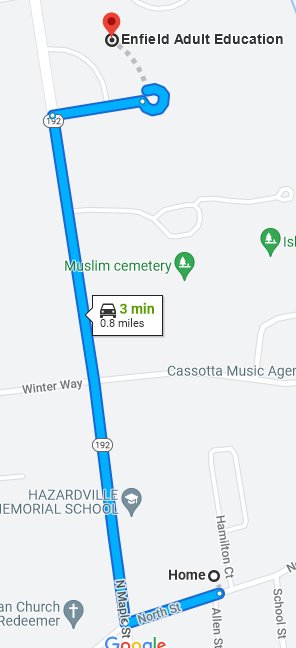

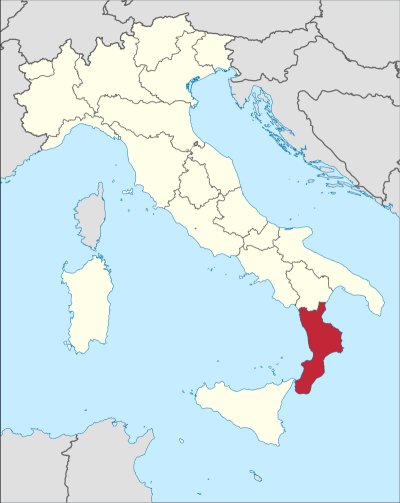

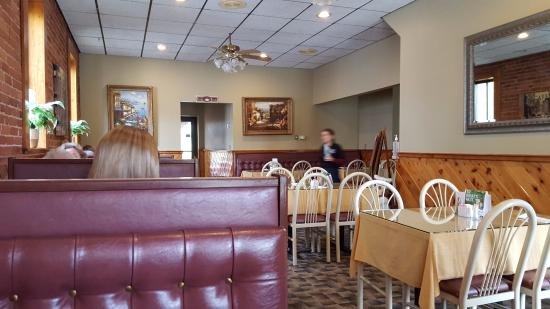
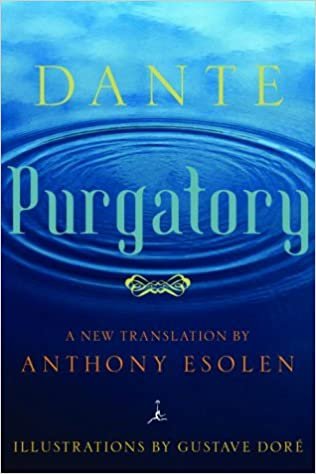
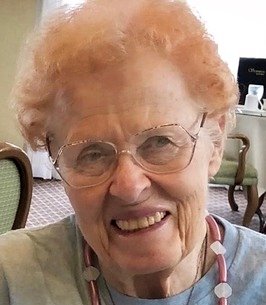
Pingback: 2006-2014 Learning Italian Part 2: On My Own | Wavablog